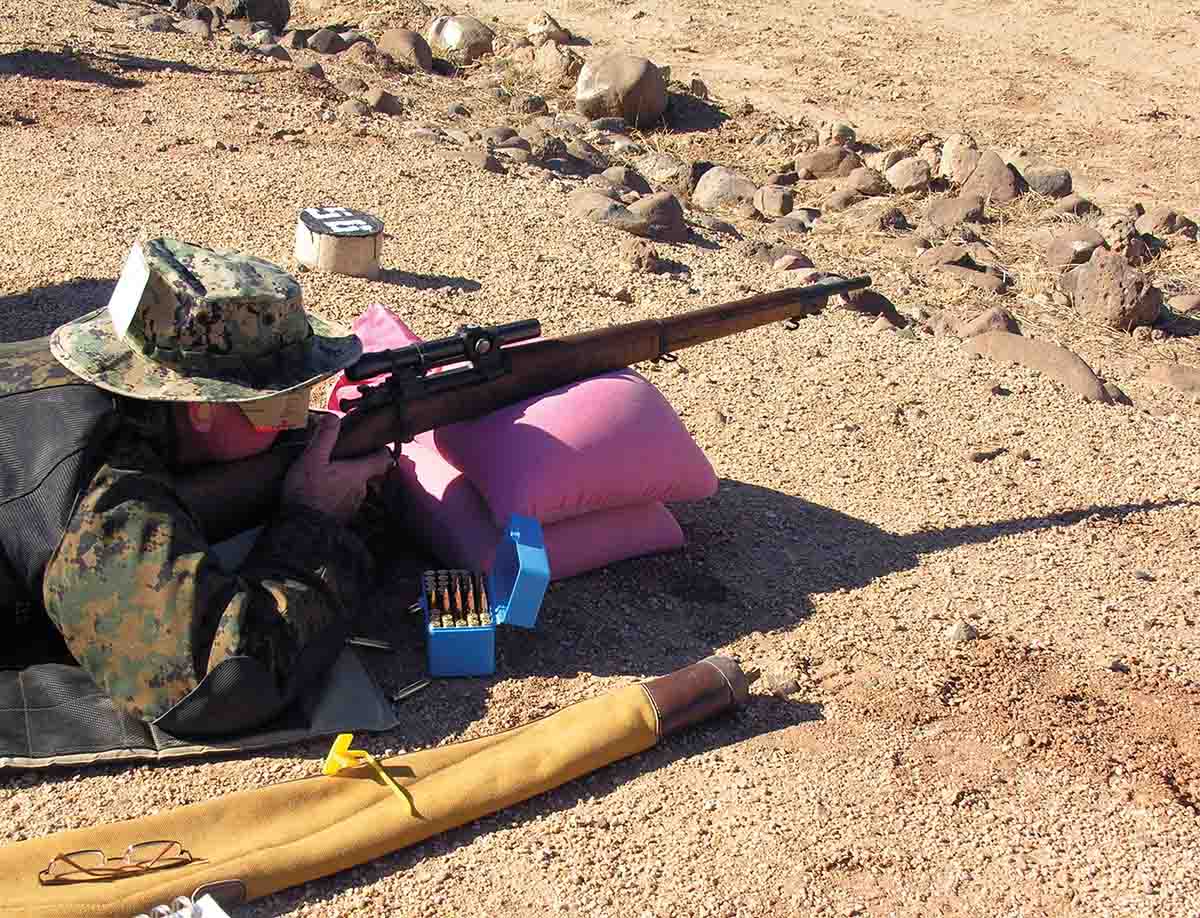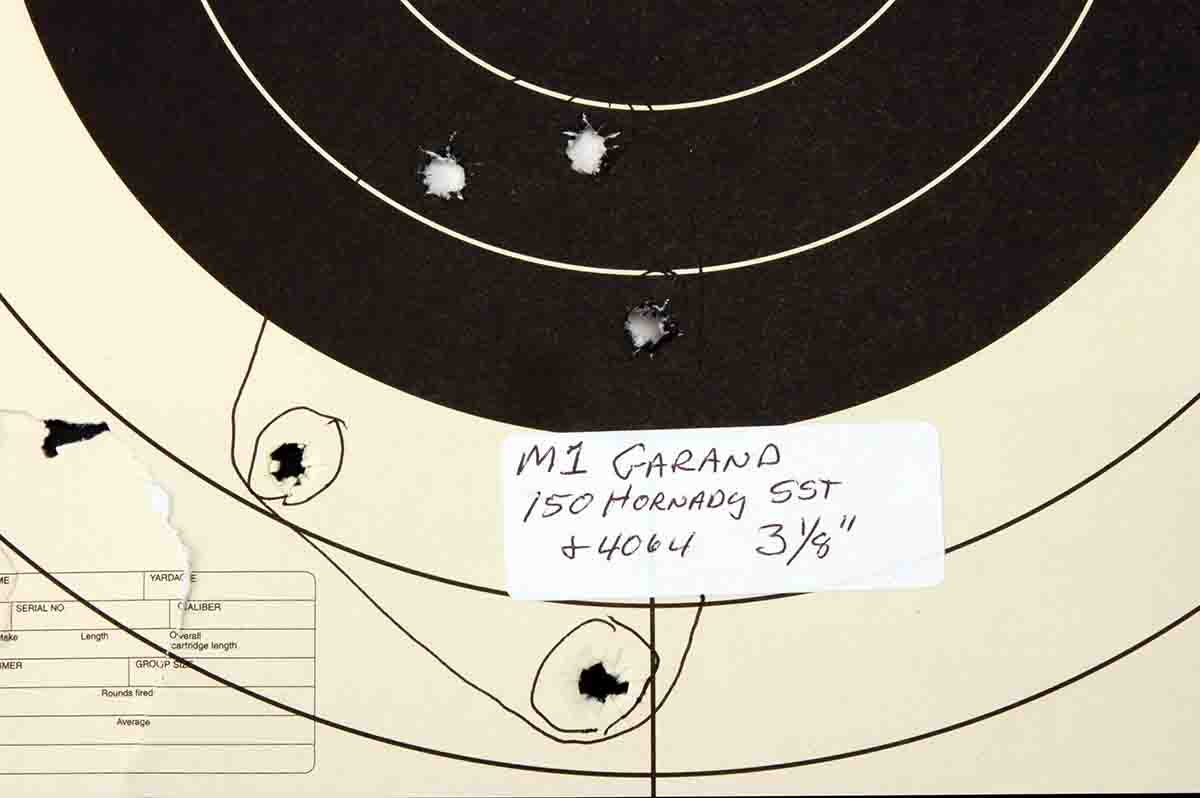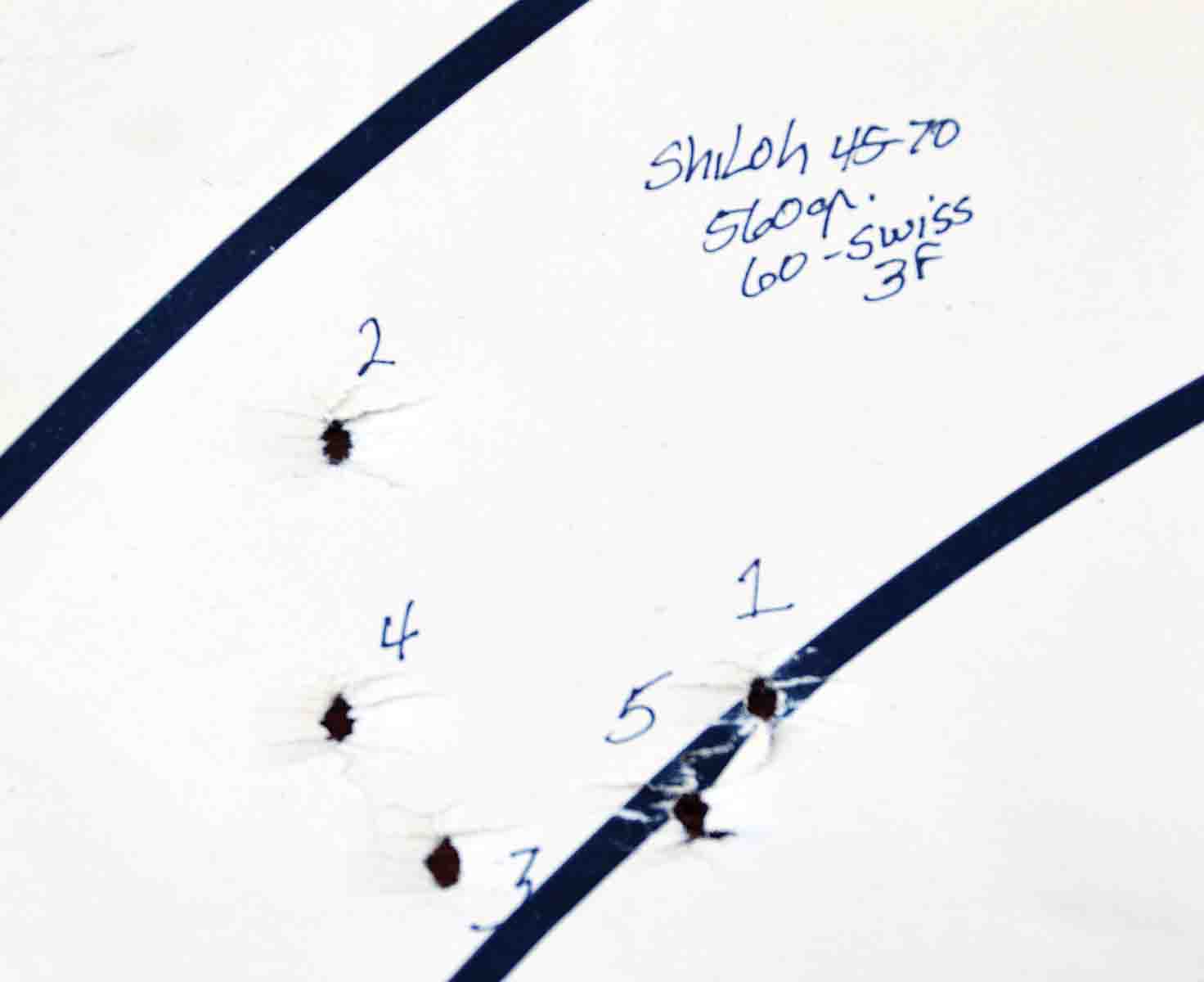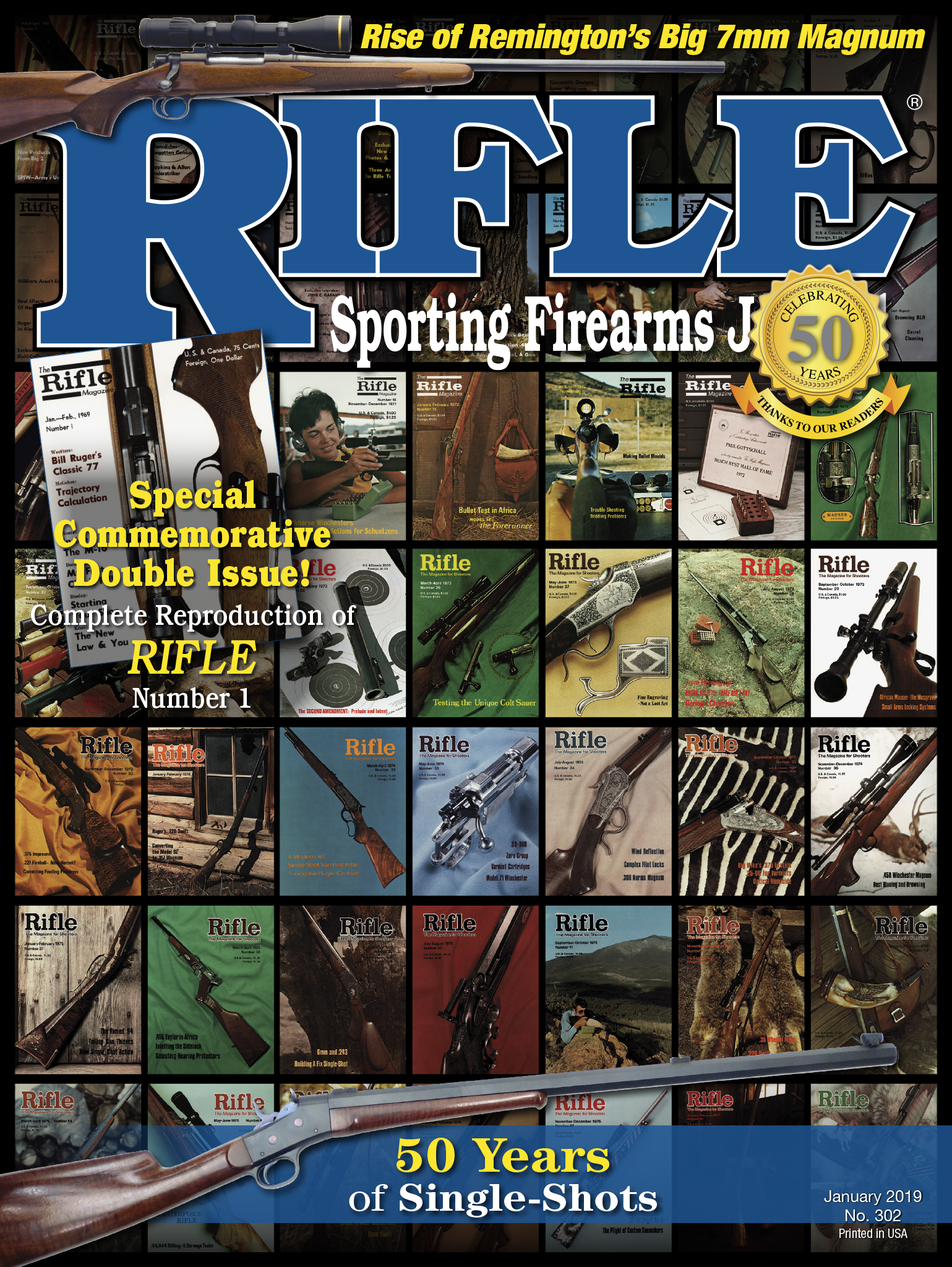Down Range
The Truth About Groups
column By: Mike Venturino | January, 19
Sometimes I think gun writers have over the decades, done a great disservice to American riflemen by emphasizing shooting groups. The truth is shooting groups can be a great aid in marksmanship, or it can serve no purpose at all. The difference is in how shooting groups is viewed by the rifleman.

I know many shooters (including myself) have targets taped to the walls of their reloading rooms; they represent the best groups. The bad targets get tossed in the trash. Yet the purpose of rifle shooting is not to shoot the tightest groups. It is actually hitting a target, and the ability to do that is not enhanced by sitting at a bench and shooting group after group in an effort to get one worthy of hanging on the wall.
There are two basic reasons for shooting groups. The primary reason is to develop precise handloads or determining how well factory loads behave in specific rifles. The second reason is zeroing a rifle.
Let’s consider the first reason. Rifles shoot some loads better than others – that’s a rule. So, the effort in shooting groups with varying components is to find a combination that suits the rifle’s purpose. Let’s arbitrarily consider one-MOA groups as sufficient for varmint rifles, 1½ MOA for big game and for most paper or steel target competitions, and 2 to 3 MOA for most iron-sighted hunting rifles of any sort.

Perfectly vertical or horizontal groups trouble me, as do rifles that double-group, one of which I experienced in the past few years. The first five shots or so would make beautiful clusters. Unless it was allowed to cool completely, it would then shift point of impact several inches, but the rifle would shoot another nice five-shot group.
Vertical stringing can be indications of a weak strike of the firing pin to primer or a primer of insufficient strength for the powder type. Horizontal stringing and double-grouping are generally rifle problems most likely caused by the barrel and/or action bedding. Another type of group that indicates a rifle problem is the “hollow” group where bullet holes cut a circle. Even though it might be relatively small, it seems to me that there should also be bullet holes in the group’s center.

Three-shot groups are fine for zeroing a rifle. Otherwise they can be misleading, as an accompanying photo shows. I don’t begin to twist knobs or drift sights until the group center is known. Each group will have a highest shot, a lowest shot, one farthest left and one farthest right. Making an adjustment should be from the group’s center unless the rifle just cuts one-hole clusters – most don’t.

Remember the arbitrary group sizes suggested for different rifle types? When a shooter has a rifle consistently capable of shooting groups to those specifications and has it zeroed, then in my humble opinion group shooting can cease. At that point it is time to learn to direct each bullet to a specific target. Big-game hunters should dump the sandbags and get up on their elbows or shoot from a kneeling position unless they have a bipod attached, then strive to hit kill-zone-size targets of the game that will be hunted, and they should do so at ranges they expect to shoot. Target shooters should assume the position(s) from which they will fire their relays, and keep track of every shot. Varmint hunters get the most leeway in rests, but at least they should put their practice targets at staggered distances.
I have been shooting groups for well over 50 years and actually enjoy it, but it should not be an end in itself. Hitting what was aimed at should be the goal.


